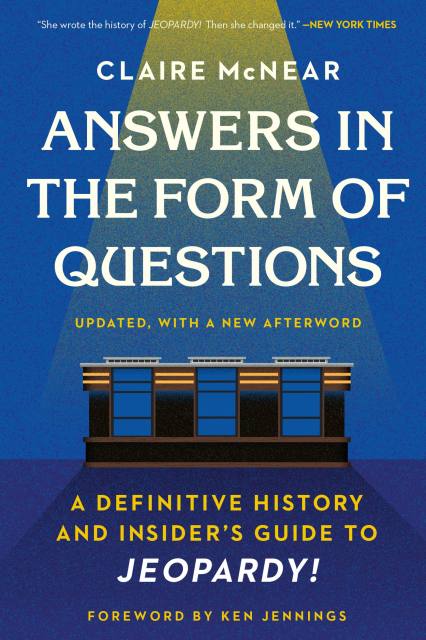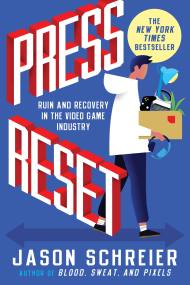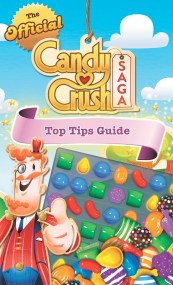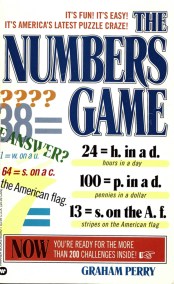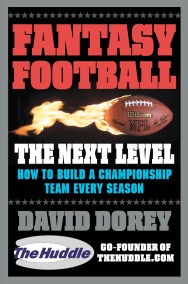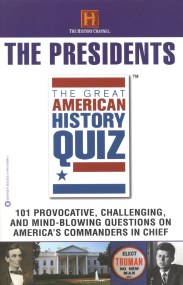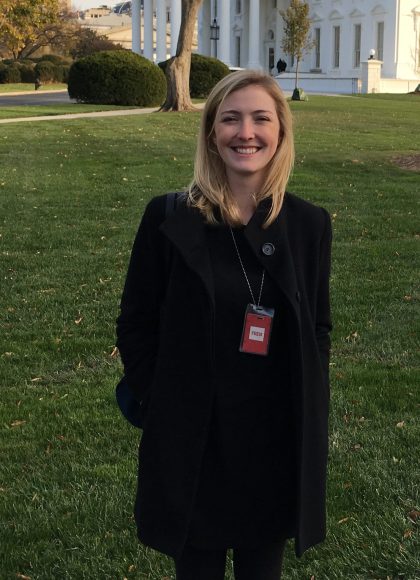Promotion
Use code MOM24 for 20% off site wide + free shipping over $45
Answers in the Form of Questions
A Definitive History and Insider's Guide to Jeopardy!
Contributors
Foreword by Ken Jennings
Formats and Prices
Price
$17.99Price
$22.99 CADFormat
Format:
- Trade Paperback $17.99 $22.99 CAD
- ebook $16.99 $21.99 CAD
- Audiobook Download (Unabridged)
This item is a preorder. Your payment method will be charged immediately, and the product is expected to ship on or around August 16, 2022. This date is subject to change due to shipping delays beyond our control.
Also available from:
What is the smartest, most celebrated game show of all time? In this insider’s guide, discover the rich history of Jeopardy!—the quiz show that has shaped our culture and challenged audiences for years.
In 2020, Claire McNear's ANSWERS IN THE FORM OF QUESTIONS first chronicled Jeopardy! at the precipice of change. In 2021, it was McNear's reporting on the dramatic race to replace Alex Trebek that resulted in the dismissal of Mike Richards just a day after he took over for the legendary host. In the updated paperback edition, a new afterword breaks down the Richards saga and how his day as host unfolded behind the scenes—with many more updates throughout about the rise of new super-champions like Matt Amodio and Amy Schneider.
For all its change, Jeopardy! remains an institution. ANSWERS IN THE FORM OF QUESTIONS takes readers backstage at Jeopardy!'s Culver City studio, exploring Trebek's life and legacy, the high-stakes search for a new host, and how the show's writers and producers put together the nightly game. Readers will travel to bar-trivia showdowns with Jeopardy!’s biggest winners and training sessions with trivia whizzes prepping for their shot onstage. And they’ll discover new tales of the show’s most notable moments—like the time the Clue Crew almost slid off a glacier—and learn how celebrity cameos and Saturday Night Live spoofs helped build a television mainstay.
ANSWERS IN THE FORM OF QUESTIONS looks to the past—and the future—to explain what Jeopardy! really is: a game, a show, and a beloved tradition.
Genre:
-
"Claire McNear does a fantastic job capturing the spirit behind the Jeopardy! production team, fandom, and contestant community. I already knew about a lot of this stuff, and I still couldn't put it down."Brad Rutter, highest-earning Jeopardy! contestant
-
"Packed with useful advice for aspiring contestants. Read this book and you can lose on Jeopardy!, just like me."James Holzhauer, multiple-time losing contestant
-
"I'd anticipated that reading a book about Jeopardy! -- a game show that has been in my life for basically all of it -- would make me feel a certain amount of nostalgia, and a certain amount of warm joy. I had not, however, anticipated how sentimental parts of it would make me feel, and how loudly other parts of it would make me laugh. Claire has built something really great here. I wish I could read this book again for the first time."Shea Serrano, #1 New York Times bestselling author of Movies (And Other Things)
-
"McNear lifts up the hood on Jeopardy! and shows us the inner workings, from quirky contestants and fans to details about the buzzer. I saw so many parallels to the Scripps National Spelling Bee too, from intensive and creative studying strategies through the decades to the balance between the live audience and the home audience. If you like Jeopardy! I highly R-E-C-O-M-M-E-N-D this book."Dr. Jacques Bailly, official pronouncer of the Scripps National Spelling Bee
-
"Put this in your potpourri: Claire McNear has delivered a treasure. ANSWERS IN THE FORM OF QUESTIONS is a smart and sassy journey into the wide, wide world of Jeopardy! -- a must for anyone who's ever shouted out to Alex from the edge of their couch."James Andrew Miller, #1 New York Times bestselling coauthor of Live from New York and Those Guys Have All the Fun
-
"Good reading for those who can’t get enough of the TV 'juggernaut.'"Kirkus
-
"[A] fast-paced and well-researched behind-the-scenes look into one of America’s most popular game shows. [Jeopardy!] lovers and aspiring contestants will definitely want to pick this up."Publishers Weekly
-
"Claire’s book is the perfect way to learn more about what Alex Trebek and Jeopardy! meant to so many people and is perfect for any Jeopardy! fan in your life."The Jeopardy Fan
-
"...as fast-paced and trivia-packed as the show itself...anyone who has ever watched more than five episodes of the long-running quiz show has undoubtedly thought, 'I could do that.' While McNear’s engaging exposé may quell such ambitions, it still provides fascinating and entertaining reading for devoted Jeopardy! fans."Booklist
- On Sale
- Aug 16, 2022
- Page Count
- 304 pages
- Publisher
- Twelve
- ISBN-13
- 9781538702307
Newsletter Signup
By clicking ‘Sign Up,’ I acknowledge that I have read and agree to Hachette Book Group’s Privacy Policy and Terms of Use
